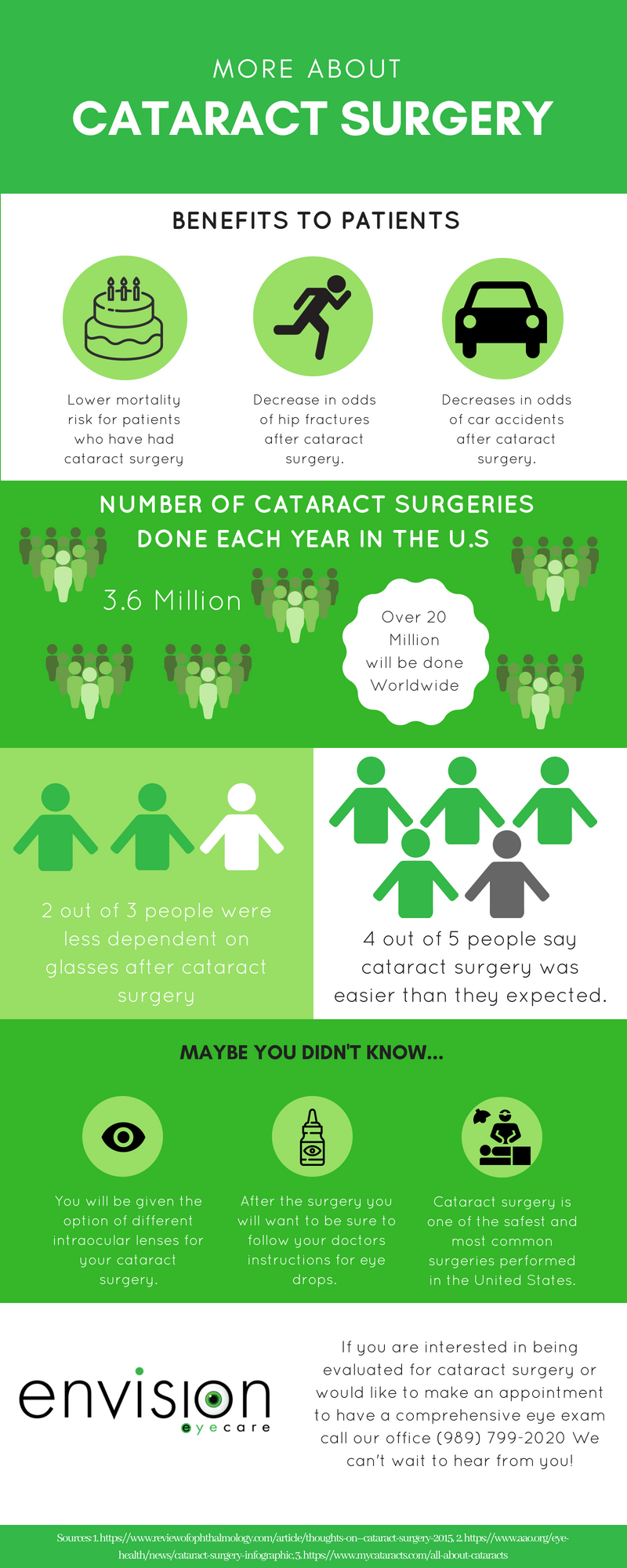The All-Inclusive FAQ On Refractive Lens Exchange: Vital Information You Need To Know
The All-Inclusive FAQ On Refractive Lens Exchange: Vital Information You Need To Know
Blog Article
Developed By-Blanton Byers
If you're taking into consideration refractive lens exchange, you most likely have a lot of inquiries. This treatment can change how you see the world, providing advantages like reduced reliance on glasses. However, it's vital to recognize the process, threats, and who qualifies as an excellent prospect. Allow's explore these vital aspects so you can make an enlightened decision about whether RLE is right for you.
What Is Refractive Lens Exchange and Just How Does It Work?
Refractive lens exchange (RLE) is an operation made to replace your eye's all-natural lens with a man-made one, remedying vision problems like nearsightedness, farsightedness, or presbyopia.
Throughout the treatment, your doctor makes a small laceration in the eye, removes your all-natural lens, and inserts an intraocular lens (IOL) customized to your vision needs. This outpatient surgical procedure normally takes around 15 to half an hour per eye and is carried out under regional anesthesia.
You'll likely notice renovations in your vision nearly right away, though complete recovery may take a few weeks. RLE is particularly helpful for those over 40 or with high prescriptions, supplying a durable remedy contrasted to glasses or get in touch with lenses.
Your eye treatment expert can help identify if RLE is right for you.
What Are the Conveniences and Risks of Refractive Lens Exchange?
Selecting refractive lens exchange can result in significant improvements in your vision, but it is very important to weigh both the benefits and dangers before choosing.
On the plus side, this treatment can enhance your eyesight by remedying issues like presbyopia, nearsightedness, and hyperopia. Many clients appreciate decreased dependancy on glasses or get in touch with lenses, which can significantly improve their quality of life.
Nonetheless, it's important to think about prospective dangers. mouse click the next site can include infection, glow, or halos around lights.
There's additionally a possibility of overcorrection or undercorrection, which may need additional procedures.
That Is an Ideal Prospect for Refractive Lens Exchange?
If you're taking into consideration refractive lens exchange, it's important to know whether you fit the account of a perfect candidate. Usually, you may be a good prospect if you more than 40, experience presbyopia, or have high degrees of nearsightedness or farsightedness.
It's also critical that your vision is steady, meaning your prescription hasn't altered considerably in the past year. If you have cataracts or other eye conditions, you may gain from this treatment as well.
Nevertheless, particular elements, like unrestrained diabetic issues or autoimmune conditions, could disqualify you. To establish your candidacy, speak with an eye care professional that can examine your details circumstance and advise the best course of action customized to your needs.
https://jacque-lewis.federatedjournals.com/explore-just-how-refractive-surgical-treatment-can-positively-influence-your-life-in-unpredicted-ways-and-determine-the-advantages-you-might-not-have-actually-know
To conclude, refractive lens exchange can be a transformative choice for enhancing your vision, especially if you more than 40 or have a high prescription. While the benefits are substantial, it's essential to consider the dangers and speak with your eye care specialist to establish if you're a suitable candidate. With the right info and advice, you can make an informed decision and perhaps enjoy a life with lowered reliance on glasses.
